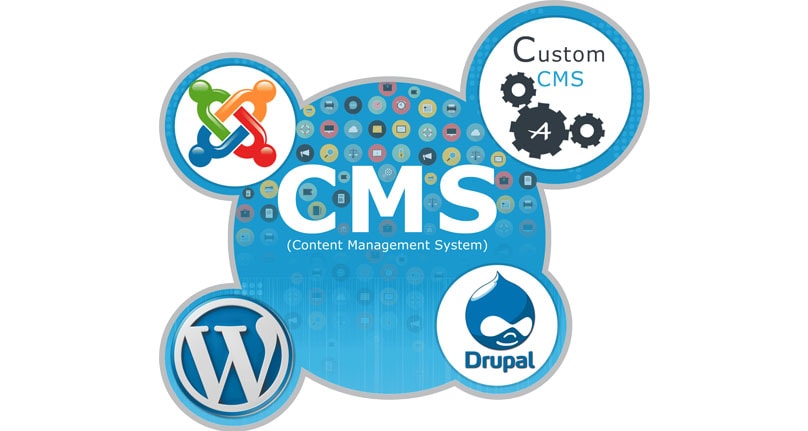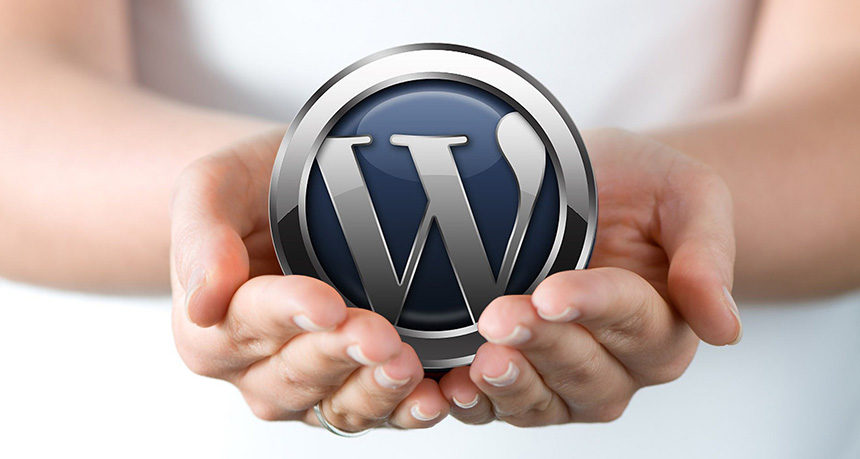Creating your own online store may seem like a fun, rewarding project. And indeed, it can be, but only if you do it right. Building a new store and selling online isn’t difficult, but building a store that will convert and attract paying customers most definitely is.
Here, we take a deeper look at the ways your store design can impact your overall store conversion rate and success. Use the following as a starting point for your own research, and ensure you learn everything you can about web design and eCommerce if you really want to succeed.
Below are a few of the ways web design is related to conversion rates:
Responsive Designs Are Just Better
We could spend all day talking about responsive web design and why it’s an absolute must, but we won’t. In short, the thing you need to understand is that you need to use a responsive design, or else your store just won’t be successful enough.
Without a responsive design, your store won’t appear attractive or very functional on mobile devices. When this is the case, people just aren’t very likely to make a purchase, which is something that will directly lower your conversion rate.





